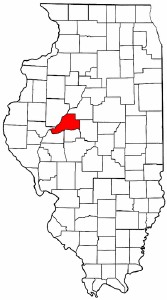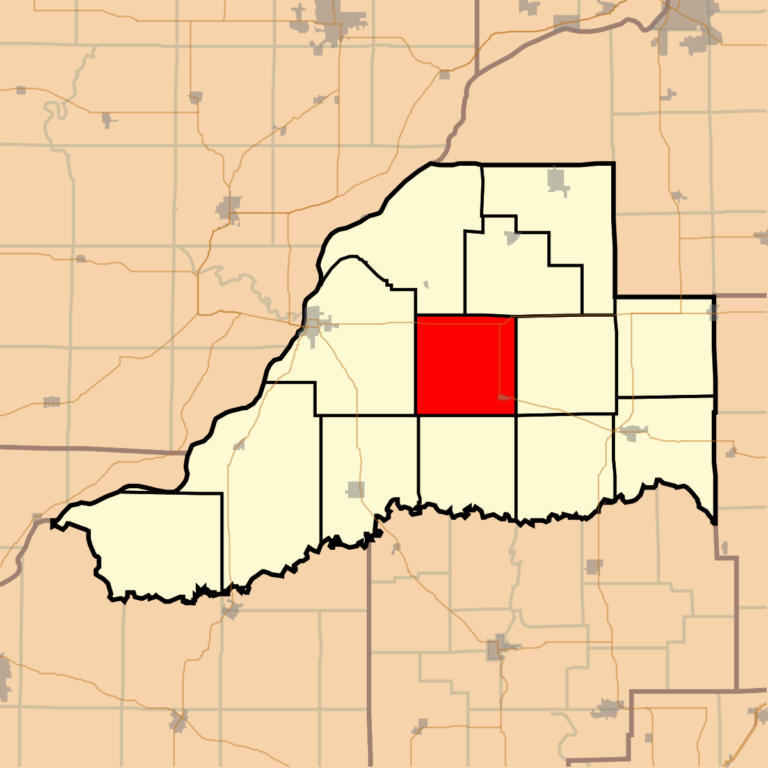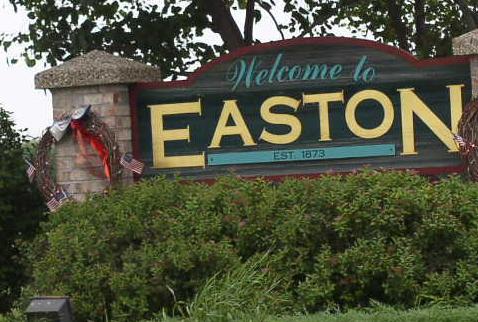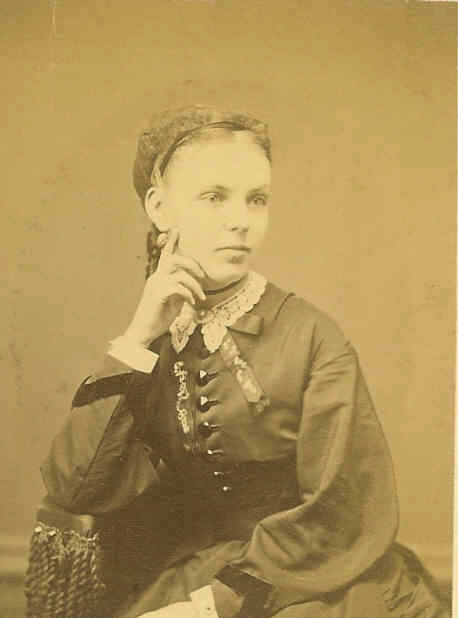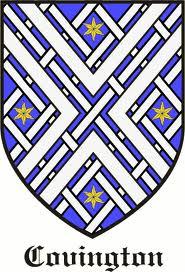Biographical Sketches from Crane Creek
Check out my blog tomorrow as I delve into the genealogy of my family and that of my wife with Finding Family Friday for “Grandma Got Hanged!” CRANE CREEK TOWNSHIP JESSE BAKER (deceased), farmer ; Mr. Baker was one of the first white settlers of Mason Co.; he was born in Tennessee in…

